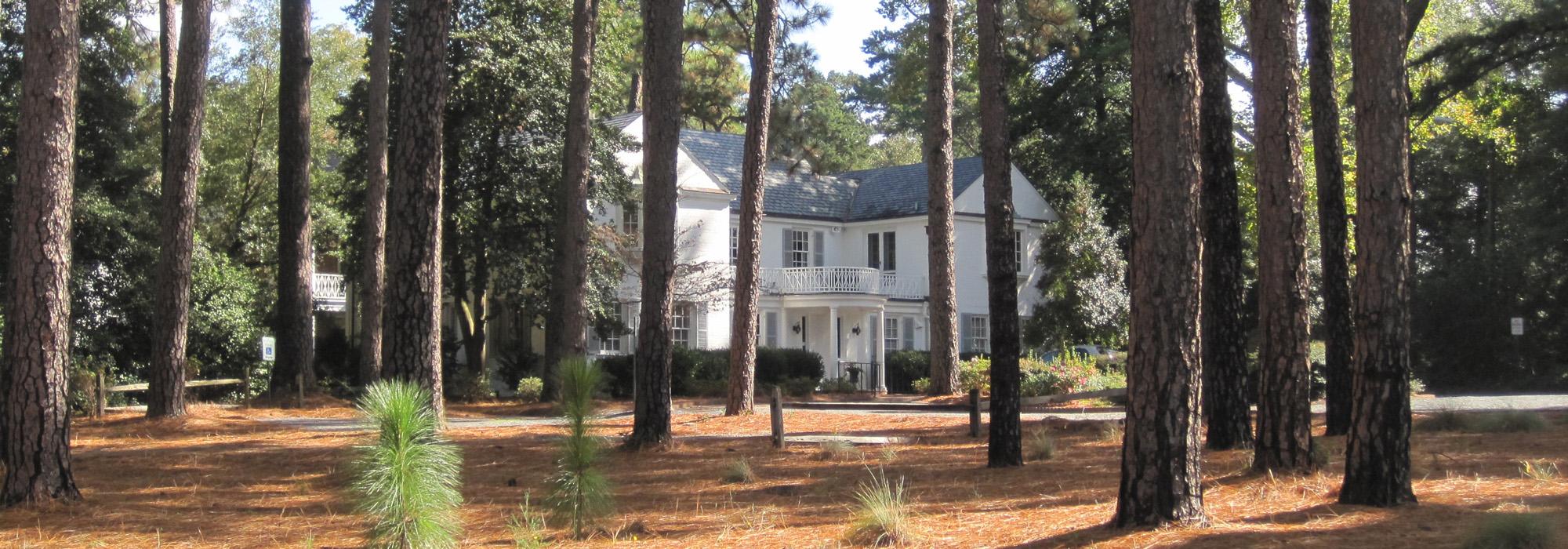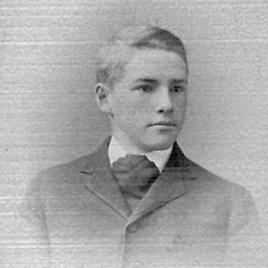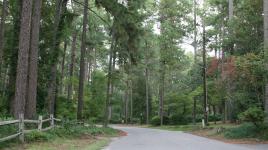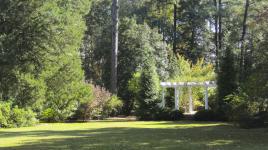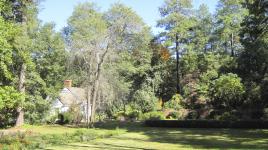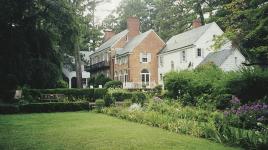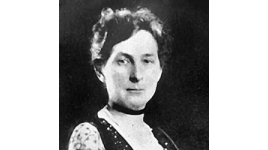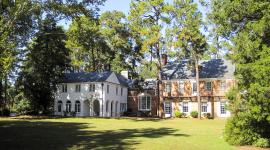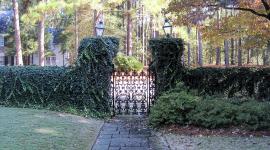Pioneer Information
Born in Orange, New Jersey, in 1870, the third of five children of Reverend Alfred Yeomans and his wife Elizabeth Ramsay Yeomans. He graduated from Princeton University in 1891 and began exploring a variety of professions including teaching, publishing, and social work. By 1902, he had become fascinated with landscape design, likely spurred by his older sister, landscape architect Louisa Boyd King. At age 32, he began working towards a career in the field, eventually practicing in Chicago where he was best known for his suburban designs and his work on "City Residential Land Development: Studies in Planning: Competitive Plans for Subdividing a Typical Quarter Section of Land in the Outskirts of Chicago."
In 1904, he was called upon by his uncle, Pennsylvania industrialist James Boyd, to create a landscape plan for Boyd’s estate, Weymouth, in Southern Pines, North Carolina. Yeomans went on to work extensively in the area, including developing plans for the Weymouth Heights and Knollwood subdivisions, and guiding landscape plans in this neighboring town to the Village of Pinehurst for nearly half a century.



